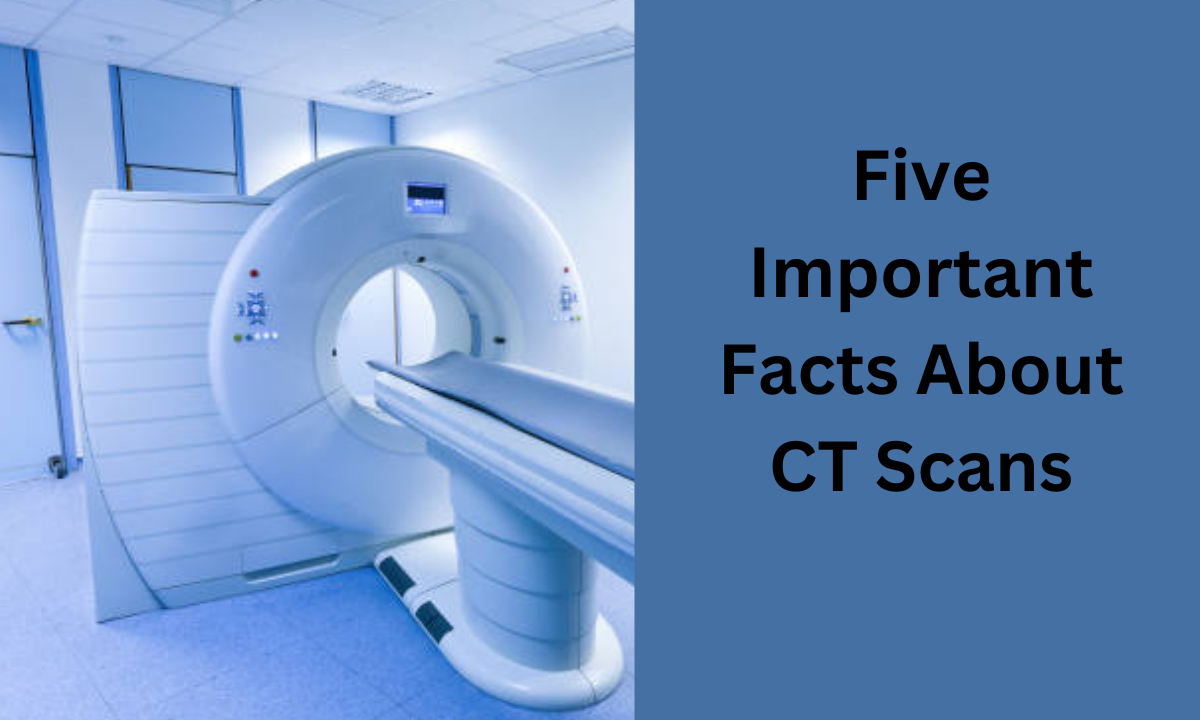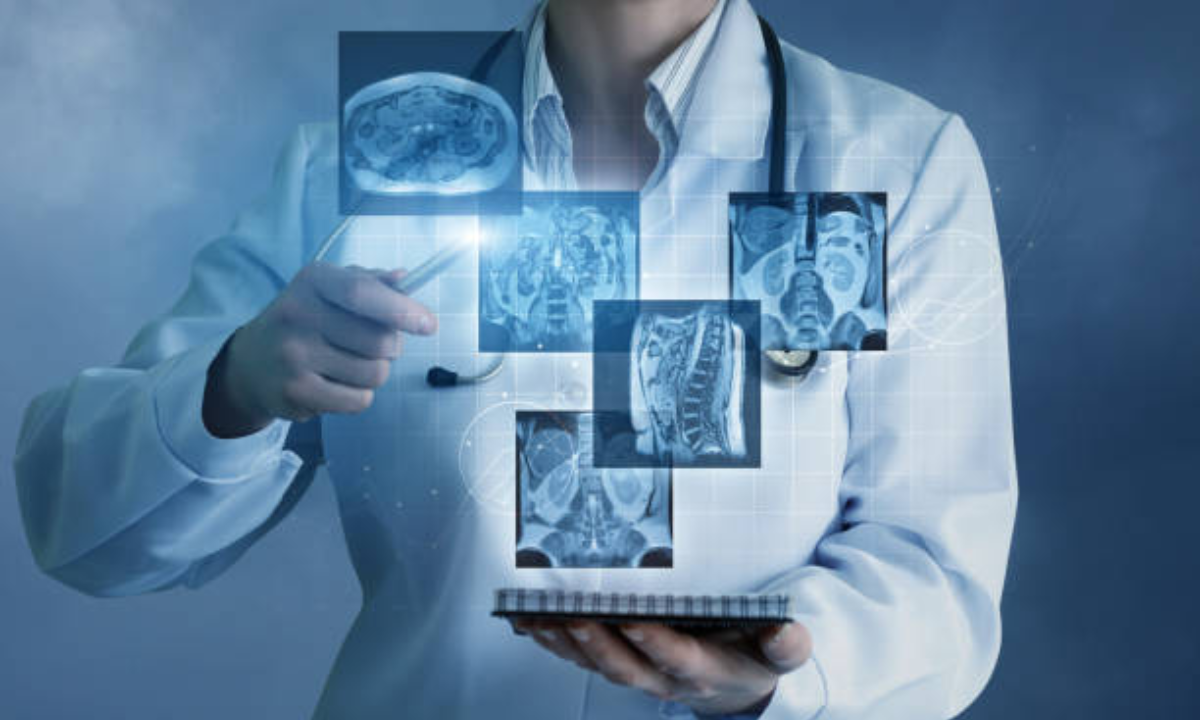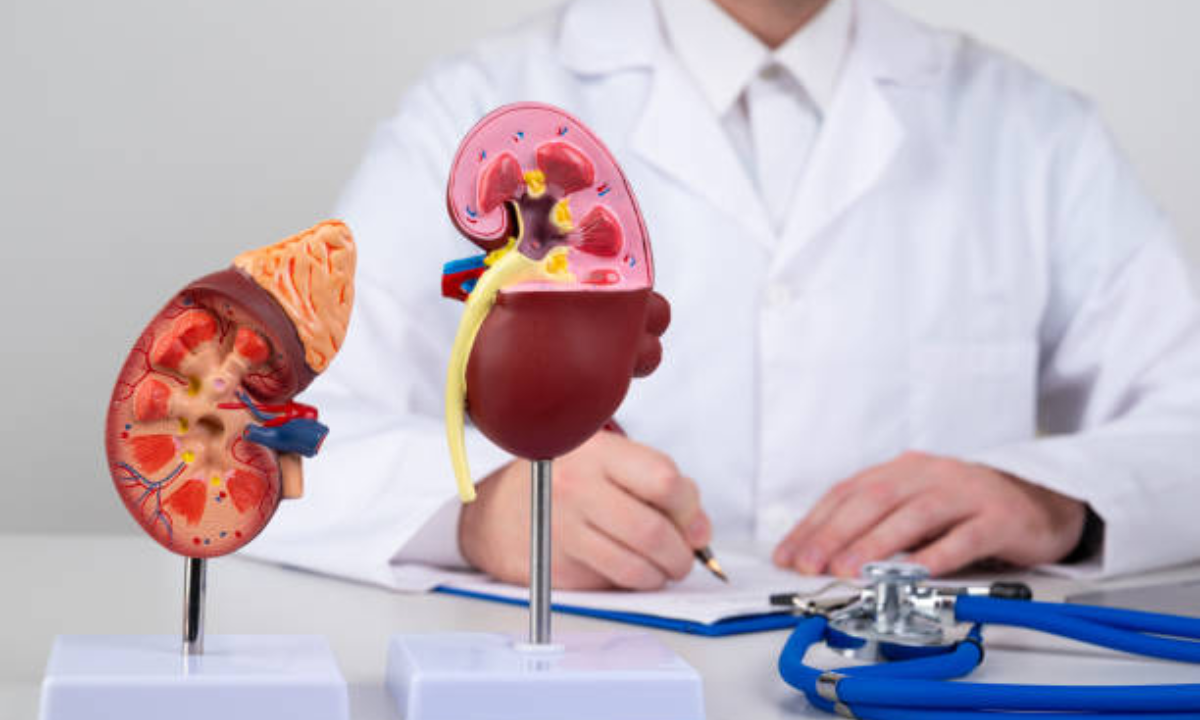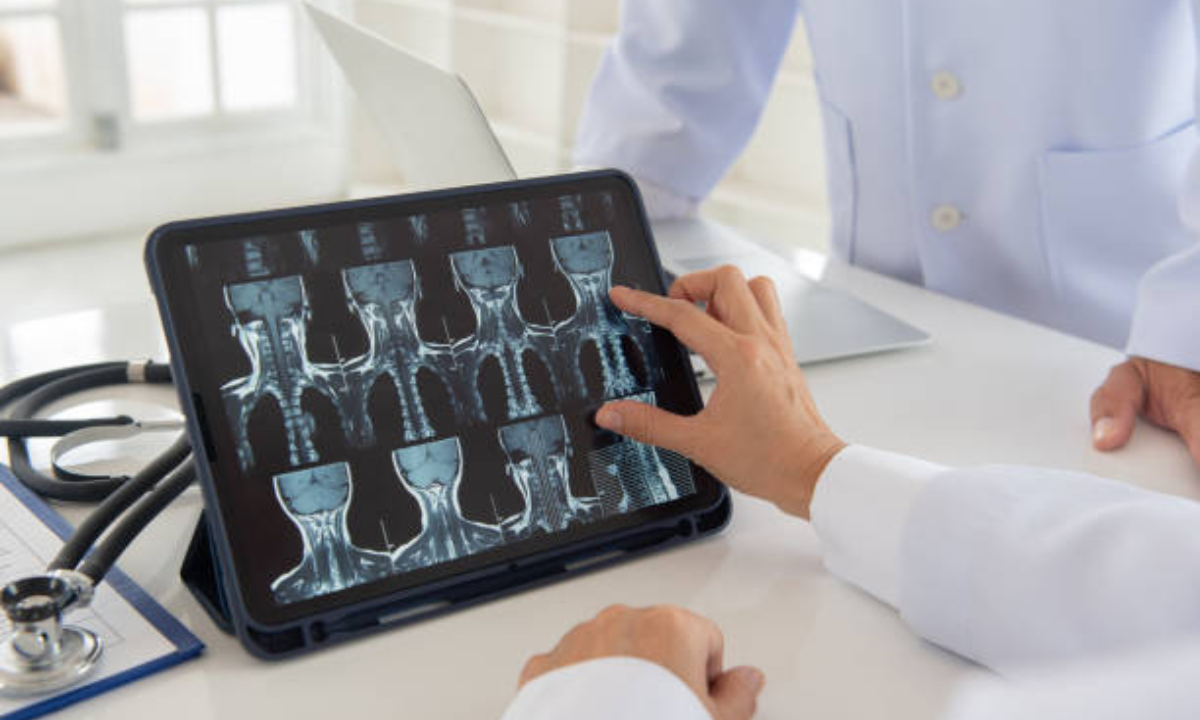Computed Tomography (CT) scans are useful in current medical diagnostics because they give clear and accurate images of internal organs. This unique imaging approach allows clinicians to accurately diagnose a variety of issues, including fractures, tumors, infections, and internal bleeding. Understanding the foundations can be extremely valuable for persons preparing for a CT scan, medical professionals, and anyone else interested in learning more about this critical diagnostic tool.
Many diagnostic facilities in Bangalore provide cutting-edge CT scan services, guaranteeing that patients receive high-quality imaging using the most advanced equipment. Knowing what to expect from a CT scan, such as how it works, its benefits, and potential hazards, will help to clarify the procedure and reduce any anxieties. Whether you’re getting ready for a scan or just want to learn more, these basic facts will give you a better understanding of CT imaging and its role in effective healthcare.
How Does a CT Scan Work?
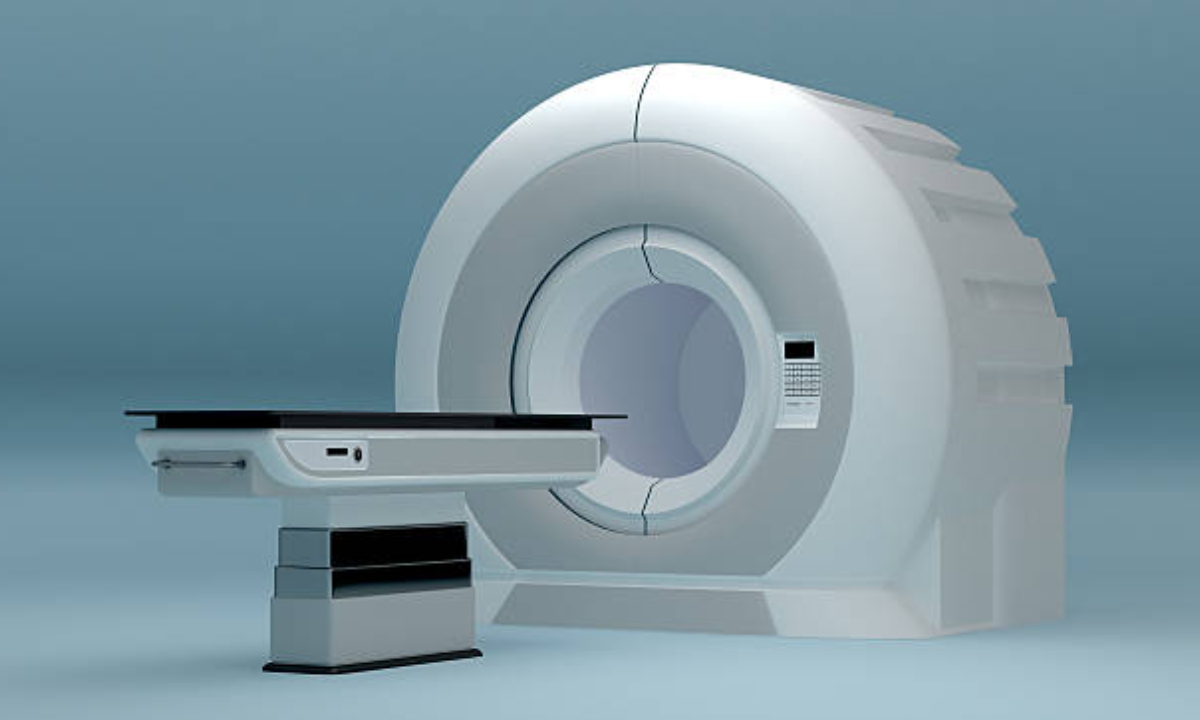
A CT scan creates detailed cross-sectional images of the body by combining modern X-ray equipment with computer processing. Here is a description of how it works:
X-ray Source and Detectors: During the scan, an X-ray machine rotates around the patient, producing X-rays from various angles. Detectors placed opposite the X-ray source detect the rays as they go through the body.
Data Processing: The detectors transmit the collected data to a computer, which converts it into detailed cross-sectional images known as “slices.” These photos depict tiny regions of the body that reveal important information about internal processes.
Image Reconstruction: The computer then converts these slices into a complete 3D image, providing a thorough representation of the body’s internal anatomy. This allows doctors to evaluate and diagnose numerous illnesses with greater precision.
CT scans in Bangalore are performed utilizing cutting-edge technology at a variety of diagnostic centers, delivering accurate and dependable results for successful medical evaluations.
Advantages of CT Scans
CT scans have several characteristics that make them a valuable tool in medical diagnosis, and they are frequently preferred over other imaging technologies because of the following benefits:
Detailed Imaging: CT scans provide exceptionally complete and crisp images of bones, organs, and tissues, allowing precise diagnosis. This level of information enables doctors to diagnose and assess conditions precisely.
Speed: The scanning procedure is often quick, taking only a few minutes to finish. This quick turnaround is especially important in emergency cases where a speedy diagnosis is required.
Non-Invasive: CT scans are non-invasive and painless, which is one of their primary benefits. Unlike other diagnostic methods, there is no need for surgery or other intrusive treatments.
Versatility: CT scans are extremely versatile and can be used to diagnose a wide range of illnesses, including fractures, cancer, infections, and vascular problems. Their widespread applicability makes them an essential resource in a variety of diagnostic circumstances.
For patients seeking high-quality imaging services, CT scans in Bangalore offer various benefits that ensure a successful and efficient medical evaluation.
CT Scan Compared to Other Imaging Modalities
When choosing an imaging modality, it is critical to understand how CT scans compare to other therapies and what makes them unique.
CT Scan vs. MRI: Magnetic resonance imaging (MRI) is well-known for producing comprehensive images of soft tissues, making it an excellent diagnostic tool for brain, spinal cord, and muscle diseases. CT scans, on the other hand, excel at visualizing bone fractures, detecting cancer, and assessing lung abnormalities due to their superior detail in imaging dense structures.
CT Scan vs. X-Ray: Standard X-rays produce 2D images that are frequently less detailed than CT scans. While X-rays are beneficial for routine examinations, CT scans provide a more complete, three-dimensional depiction of the body’s internal architecture, making them more appropriate for complex diagnostic scenarios.
CT Scan vs. Ultrasound: Because ultrasounds generate images using sound waves, they are ideal for assessing soft tissues and fluid-filled structures. CT scans, on the other hand, provide sharper and more detailed images of dense structures such as bones and organs, making them the preferred option for a variety of diagnostic applications.
CT scan centers offer a variety of advantages to those seeking sophisticated imaging services, including precise and complete diagnostic capabilities.
Risks and Considerations for CT Scans
While CT scans are incredibly valuable in diagnosing a variety of medical issues, it is vital to understand the procedure’s potential risks and repercussions.
Radiation Exposure: CT scans expose patients to more radiation than normal X-rays. This can be hazardous, particularly if scans are performed repeatedly over time. However, the benefits of a precise diagnosis usually outweigh the dangers, particularly when surgery is required for effective therapy.
Contrast Material: In order to improve image clarity, some CT scans require the use of contrast material. While this contrast is generally regarded as harmless, some people may have negative reactions. Prior to the scan, advise your healthcare practitioner of any known allergies or sensitivities.
Pregnancy: Pregnant women should avoid CT scans unless absolutely required because of the hazards to the growing baby. Alternative imaging techniques may be used to decrease exposure.
What to Expect From A CT Scan.
Knowing what to expect during a CT scan might make the procedure less unpleasant.
Preparation: Depending on the contrast material used, you may need to fast for a few hours before your scan. Remove any metallic objects, such as jewelry or belts, that may interfere with the imaging process.
During the Scan: You will recline on a motorized table that moves within the CT scanner, which resembles a huge doughnut. Scanning steadily will produce clear and precise photographs. The technician may request that you hold your breath for a few seconds while the photographs are taken.
Post-Scan: Once the scan is over, you can usually resume your routine activities immediately. If you received a sedative or contrast material, be sure to follow your doctor’s post-scan care instructions.
Conclusion and Final Thoughts
CT scans are an important part of modern medical diagnostics, offering detailed and rapid imaging to help diagnose a variety of disorders. Despite the hazards associated with radiation exposure and the use of contrast materials, CT scans’ diagnostic benefits outweigh these concerns. Understanding how CT scans work, their benefits, and what to expect throughout the treatment can dramatically reduce anxiety and improve patient comfort.
Individuals booked for a CT scan, as well as healthcare staff guiding them through the process, require a thorough awareness of these factors. Many diagnostic centers in Bangalore use modern CT equipment to ensure precise and efficient imaging. Knowing these crucial facts will allow you to approach the surgery with confidence and make informed healthcare decisions.
Kiranpet Diagnostic Centre offers comprehensive medical imaging and diagnostic services, providing accurate and timely results to support patient care. contact us today +91 70902 70904

